Between Sahara and Sea. Africa in the Roman Empire
The event will take place online, in collaboration with the University of Michigan Press.
Date: January 30, 2024, 4pm CET
Discussion: T. Amraoui / S. Ardeleanu / S. Ben Tahar / D.J. Mattingly / S. Panzram / D.L. Stone
Please contact romanislam"AT"uni-hamburg.de to register for the event.
Please contact stefan.ardeleanu"AT"hamburg.de for further information.
 Dr. Touatia Amraoui is Former member of the Casa de Velázquez (2016-2017). She has been a permanent researcher in Archaeology at the CNRS since 2017. She is working at the Centre Camille Jullian (Aix-Marseille University, CNRS) mainly in the Maghreb area, particularly in Algeria. Her research focuses on various themes such as crafts, production, ancient economies, and the occupation and exploitation of coastal and continental territories and resources. She is currently leading several projects and partnerships in connection with Algerian archaeology, in particular on the site of Tipasa through the FSPI ARCHEoPHY-Tipasa project (Archéométrie et Géophysique appliquée à l'Archéologie à Tipasa) funded by the French Ministry of Europe and Foreign Affairs. This is a multidisciplinary land and maritime archaeology project involving several Algerian institutions (CNRA, Centre Universitaire de Tipaza, OGEBC, etc.). She co-directs the collection Archaeology of the Maghreb (Archaeopress, Oxford).
Dr. Touatia Amraoui is Former member of the Casa de Velázquez (2016-2017). She has been a permanent researcher in Archaeology at the CNRS since 2017. She is working at the Centre Camille Jullian (Aix-Marseille University, CNRS) mainly in the Maghreb area, particularly in Algeria. Her research focuses on various themes such as crafts, production, ancient economies, and the occupation and exploitation of coastal and continental territories and resources. She is currently leading several projects and partnerships in connection with Algerian archaeology, in particular on the site of Tipasa through the FSPI ARCHEoPHY-Tipasa project (Archéométrie et Géophysique appliquée à l'Archéologie à Tipasa) funded by the French Ministry of Europe and Foreign Affairs. This is a multidisciplinary land and maritime archaeology project involving several Algerian institutions (CNRA, Centre Universitaire de Tipaza, OGEBC, etc.). She co-directs the collection Archaeology of the Maghreb (Archaeopress, Oxford).
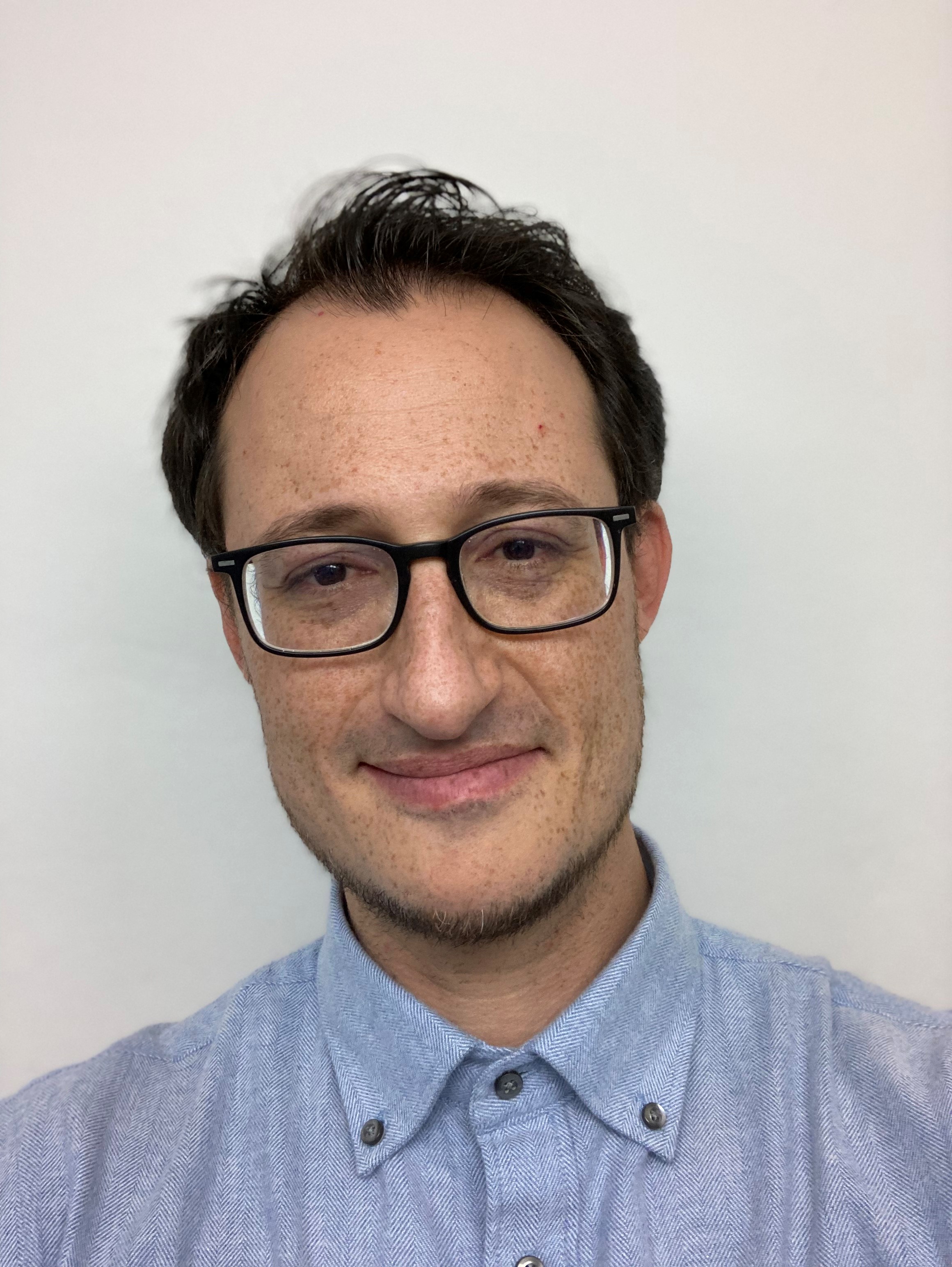
Dr. Stefan Ardeleanu is an archaeologist, who has been working on North African urbanism on a large geographical and chronological scale from the Early Iron Age to the Early Medieval period. He has been publishing various studies on the stylistic and material analysis of Roman and Late Antique stone monuments, on pre- and early Roman settlements of North Africa, on funerary habits and epigraphy of the Late Antique oecumene, on trade networks and connectivity in the Western Mediterranean. Other studies included the edition of monuments and artifacts from Roman and Late Antique Germaniae and Galliae, as well as on the perception and functionalization of Antiquity in colonial and postcolonial times. He has conducted fieldwork across the ancient Mediterranean and beyond (Turkey, Switzerland, Germany, Tunisia, Algeria, Yemen) and published various studies on his field projects in internationally renowned journals and media. His methodological approaches include recently developed concepts such as the materiality of objects, glocalization and micro-regional archaeology. He has studied and held several positions at the Universities of Heidelberg, Rome (La Sapienza), Aix-en-Provence, Berlin (HU), Tübingen, Osnabrück and at the German Archaeological Institute (Rome and Berlin), which granted him a one-year traveler scholarship (Reisestipendium) across the Mediterranean in 2016–2017. His first book focused on the transition of urbanism from pre-Roman to Early Roman Numidia (2021), while edited works span from the re-edition of Roman and Late Antique stone monuments in the Reiß-Engelhorn-Museum at Mannheim (2021) to a Mediterranean-wide panorama on Late Antique funerary habits and epigraphy (2023).
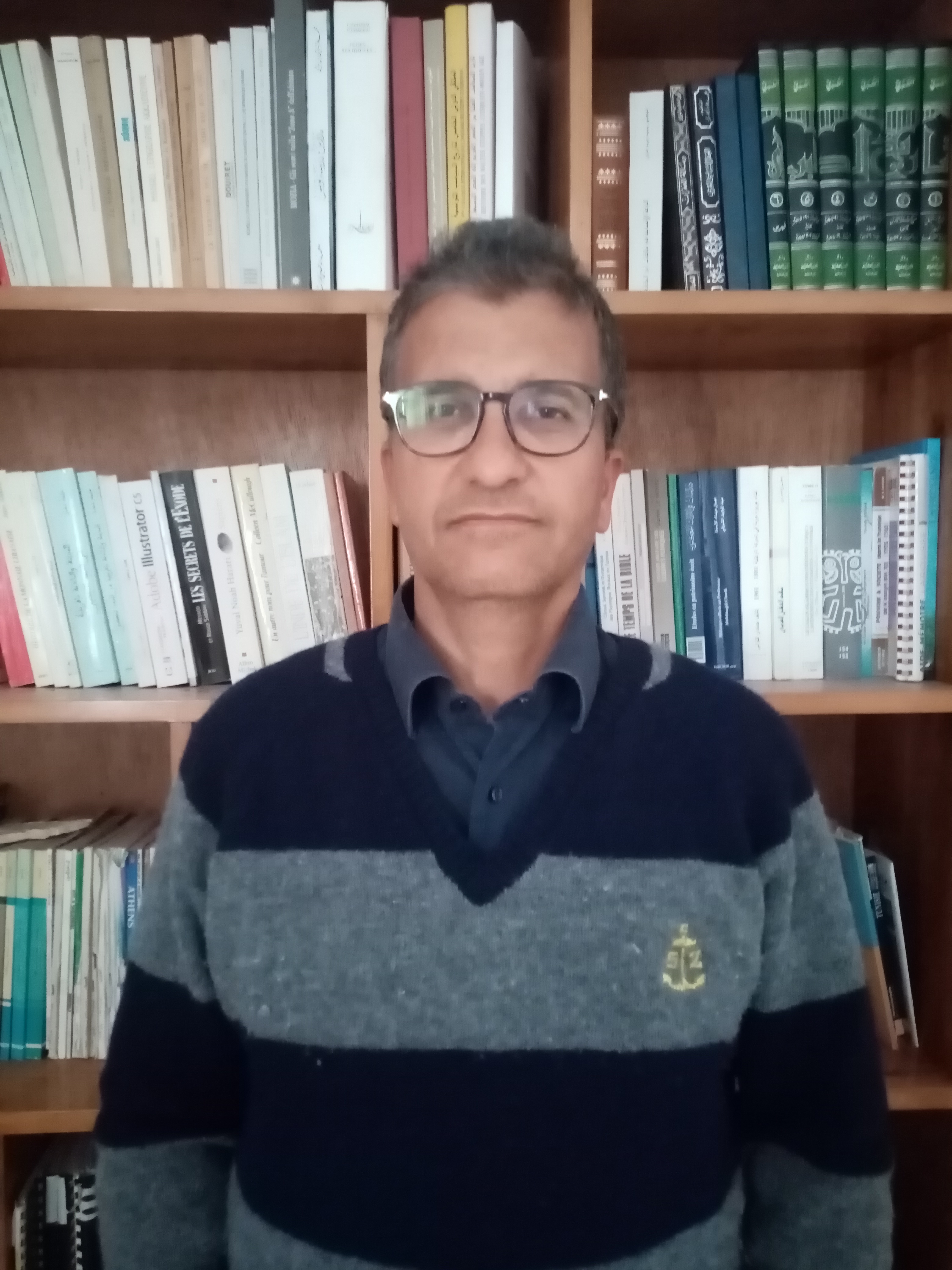 Dr. Sami Ben Tahar is Maître de Recherche at the Institut National du Patrimoine (INP) in Tunis and a renowned specialist for Ancient History and Archaeology of the Island of Djerba and its surrounding area. He obtained his PhD at the Université de Provence, Aix‐Marseille and has conducted various field projects in the Gulf of Gabès with a large chronological portfolio stretching from Prehistory to Late Antiquity. He has published extensively on ancient urbanism and on material culture (especially ceramics) and he currently co-directs the Meninx Archaeological Project, and other projects at Henchir Bourgou, Gightis, Zitha and Tacape. He has been teaching at the Institut Supérieur des Sciences Humaines de Médenine and the Universities of Sfax and Tunis, while his works also include the valorization and restoration of important cultural monuments on the Island of Djerba.
Dr. Sami Ben Tahar is Maître de Recherche at the Institut National du Patrimoine (INP) in Tunis and a renowned specialist for Ancient History and Archaeology of the Island of Djerba and its surrounding area. He obtained his PhD at the Université de Provence, Aix‐Marseille and has conducted various field projects in the Gulf of Gabès with a large chronological portfolio stretching from Prehistory to Late Antiquity. He has published extensively on ancient urbanism and on material culture (especially ceramics) and he currently co-directs the Meninx Archaeological Project, and other projects at Henchir Bourgou, Gightis, Zitha and Tacape. He has been teaching at the Institut Supérieur des Sciences Humaines de Médenine and the Universities of Sfax and Tunis, while his works also include the valorization and restoration of important cultural monuments on the Island of Djerba.
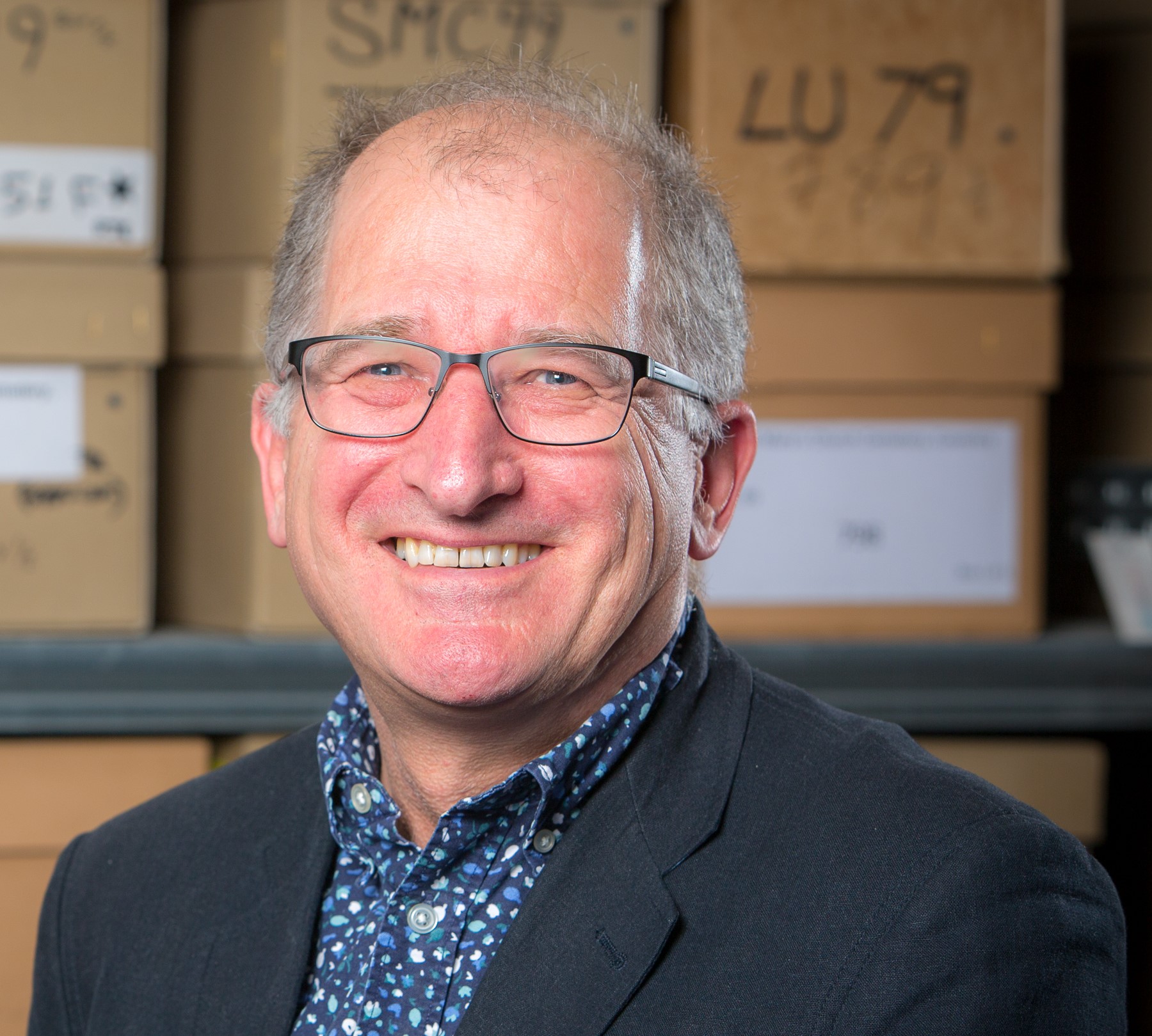
Prof. Dr. David J. Mattingly is Full Professor of Roman Archaeology at the University of Leicester, but since the 1990s has been most active in the archaeology of Iron Age peoples of the Sahara. He is overall editor of the 4-volume Archaeology of Fazzan series on the Libyan Garamantes and also the 4-volume Trans-Saharan Archaeology series. His current Oasis Civilisation project in the Wadi Draa Morocco is illuminating the Moroccan Iron Age in a similar way. He has a major monograph forthcoming with Michigan University Press, Between Sahara and Sea. Africa in the Roman Empire.
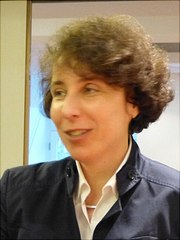
Prof. Sabine Panzram is Full Professor of Ancient History at Hamburg University. She obtained her PhD at Münster University (2001) after completing her studies in Freiburg and Barcelona. She has had several positions at the Universities of Münster, Tübingen and Hamburg, has been a Research Fellow of the German Research Foundation at the German Archaeological Institute in Berlin (2010-2012) and has held a Marie Curie Senior Fellowship at the École des Hautes Études Hispaniques et Ibériques – Casa de Velázquez in Madrid (2018-2019). Currently, she is a visiting professor at Université Paris 1 Panthéon-Sorbonne. She focuses on social history of power in the Western Mediterranean, and in particular on urban history in the Iberian Peninsula. She is co-editor of the collection The Medieval and Early Modern Iberian World (Brill) and the journal and collection Historia – Zeitschrift für Alte Geschichte / Einzelschriften (Steiner-Verlag), amongst others. Since 2010 she is coordinator of Toletum, an interdisciplinary network for early career researchers focusing on the Iberian Peninsula in Antiquity (DFG). Since 2020 she is director of RomanIslam – Center for Compared Empire and Transcultural Studies, a Center for Advanced Studies in Hamburg University (DFG) with Stefan Heidemann (Islamic Studies). And since 2021 she is principal investigator of ATLAS, an atlas of late antique cities in the South of the Iberian Peninsula and North Africa (3rd – 8th centuries) (ANR-DFG) with Laurent Brassous (La Rochelle).
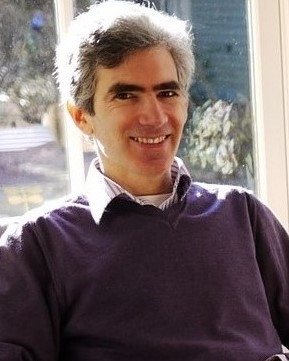 Dr. David L. Stone is Lecturer II, Department of Classical Studies, University of Michigan. His research addresses current questions about ancient cities, empires, and landscapes using a variety of theoretical and methodological approaches. He is the main author of Leptiminus (Lamta). Report no. 3: The Field Survey (Journal of Roman Archaeology Supplementary Series 87, 2011), and Mortuary Landscapes of North Africa (Phoenix Supplementary Series 43, 2007). Currently he directs a field survey and excavation Project at Pella, Greece. Previously he directed the Leptiminus Archaeological Project (Tunisia) and a field survey at Olynthos (Greece).
Dr. David L. Stone is Lecturer II, Department of Classical Studies, University of Michigan. His research addresses current questions about ancient cities, empires, and landscapes using a variety of theoretical and methodological approaches. He is the main author of Leptiminus (Lamta). Report no. 3: The Field Survey (Journal of Roman Archaeology Supplementary Series 87, 2011), and Mortuary Landscapes of North Africa (Phoenix Supplementary Series 43, 2007). Currently he directs a field survey and excavation Project at Pella, Greece. Previously he directed the Leptiminus Archaeological Project (Tunisia) and a field survey at Olynthos (Greece).
